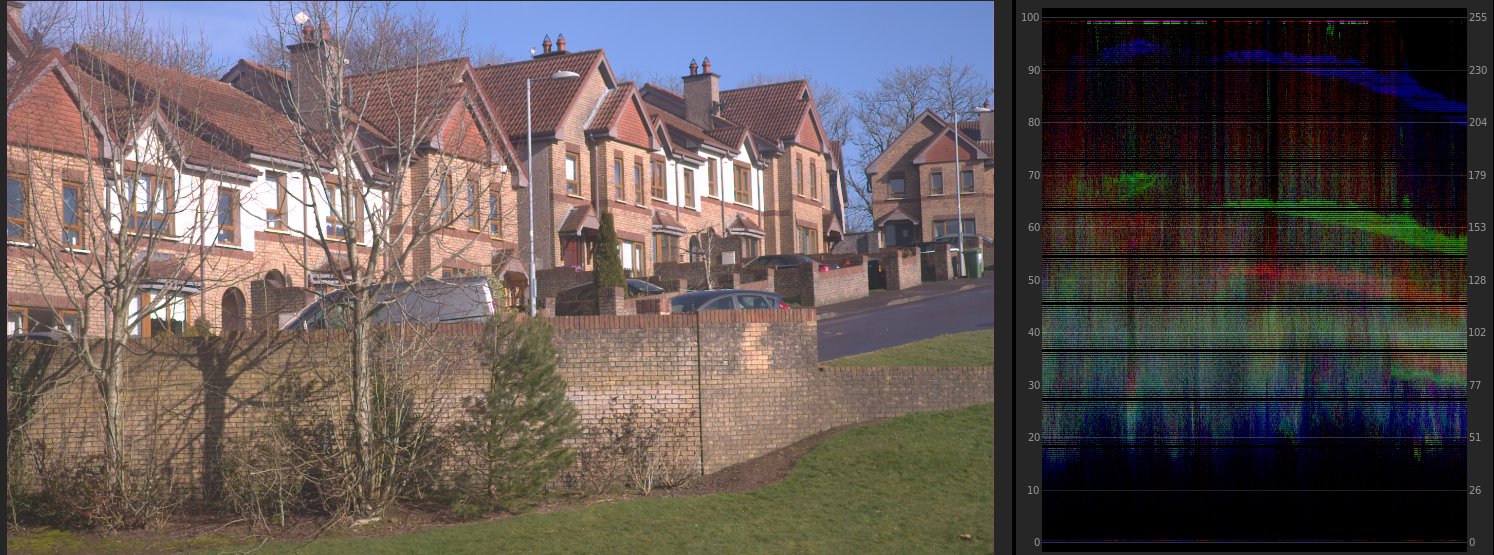This webpage is intended for Merrill Lynch clients who wish to access electronically a preliminary prospectus or other offering document for offerings for which Merrill Lynch may be acting either as a managing underwriter, co-managing underwriter or selling group member. Mac OS Extended. Choose one of the following Mac OS Extended file system formats for compatibility with Mac computers using macOS 10.12 or earlier. Mac OS Extended (Journaled): Uses the Mac format (Journaled HFS Plus) to protect the integrity of the hierarchical file system.
Magic Lantern is a firmware add-on for Canon digital single-lens reflex (DSLR) cameras and the EOS M. It adds features for DSLR filmmaking and still photography, and is free and open-source. The most important feature of ML is the ability to shoot video in RAW. Fast CinemaDNG Processor can read and process Magic Lantern MLV files directly, without MLVFS or any other software.
Fast CinemaDNG Processor software could work as a transcoder or converter for MLV files from Canon cameras. This is important issue to offer further footage editing. We can do not only transcoding, we've implemented crop, trim, audio files extraction, etc. Smooth real time preview is a must to give the user an opportunity to see processed footage before transcoding.
MLV converter features
- Support of standard MLV files, including spanned files
- Realtime MLV processing and preview for compressed and uncompressed files
- Crop and trim
- Export of audio file from MLV
- MLV preprocessing on GPU
- MLV to DNG / CDNG / CinemaDNG convertion (uncompressed DNG or CDNG, CinemaDNG with lossless JPEG compression, lossy CinemaDNG RAW 3:1, 4:1 and 5:1)
- MLV to TIFF, MLV to JPG, MLV to EXR, MLV to JP2 (expected soon)
- MLV to Apple ProRes 422 LT, 422, 422 HQ, 4444, 4444 XQ
- MLV to video: MLV to MP4
Apart from conventional MLV workflow, where we need to convert MLV to DNG sequence, then to create proxies for further processing and color grading, now we can also do all these things at the same pipeline, because we don't need neither DNG nor proxies for MLV processing, everything could be done on GPU in realtime, starting from RAW MLV to final color corrected video at full resolution.

Full version of that pipeline is implemented in Fast CinemaDNG Processor software. Please visit www.fastcinemadng.com to download the software.
Useful links:
Disk Utility User Guide
Disk Utility on Mac supports several file system formats:
Apple File System (APFS): The file system used by macOS 10.13 or later.
Mac OS Extended: The file system used by macOS 10.12 or earlier.
MS-DOS (FAT) and ExFAT: File systems that are compatible with Windows.
Apple File System (APFS)
Apple File System (APFS), the default file system for Mac computers using macOS 10.13 or later, features strong encryption, space sharing, snapshots, fast directory sizing, and improved file system fundamentals. While APFS is optimized for the Flash/SSD storage used in recent Mac computers, it can also be used with older systems with traditional hard disk drives (HDD) and external, direct-attached storage. macOS 10.13 or later supports APFS for both bootable and data volumes.
APFS allocates disk space within a container on demand. The disk’s free space is shared and can be allocated to any of the individual volumes in the container as needed. If desired, you can specify reserve and quota sizes for each volume. Each volume uses only part of the overall container, so the available space is the total size of the container, minus the size of all the volumes in the container.
Choose one of the following APFS formats for Mac computers using macOS 10.13 or later.
APFS: Uses the APFS format.
APFS (Encrypted): Uses the APFS format and encrypts the volume.
APFS (Case-sensitive): Uses the APFS format and is case-sensitive to file and folder names. For example, folders named “Homework” and “HOMEWORK” are two different folders.
APFS (Case-sensitive, Encrypted): Uses the APFS format, is case-sensitive to file and folder names, and encrypts the volume. For example, folders named “Homework” and “HOMEWORK” are two different folders.
You can easily add or delete volumes in APFS containers. Each volume within an APFS container can have its own APFS format—APFS, APFS (Encrypted), APFS (Case-sensitive), or APFS (Case-sensitive, Encrypted).
Mac OS Extended
Choose one of the following Mac OS Extended file system formats for compatibility with Mac computers using macOS 10.12 or earlier.

Mac OS Extended (Journaled): Uses the Mac format (Journaled HFS Plus) to protect the integrity of the hierarchical file system.
Mac OS Extended (Journaled, Encrypted): Uses the Mac format, requires a password, and encrypts the partition.
Mac OS Extended (Case-sensitive, Journaled): Uses the Mac format and is case-sensitive to folder names. For example, folders named “Homework” and “HOMEWORK” are two different folders.
Mac OS Extended (Case-sensitive, Journaled, Encrypted): Uses the Mac format, is case-sensitive to folder names, requires a password, and encrypts the partition.
Windows-compatible formats
Mlvfs For Mac Keyboard
Choose one of the following Windows-compatible file system formats if you are formatting a disk to use with Windows.
Mlvfs For Macbook Pro
MS-DOS (FAT): Use for Windows volumes that are 32 GB or less.
ExFAT: Use for Windows volumes that are over 32 GB.
Mlvfs For Mac Mini
